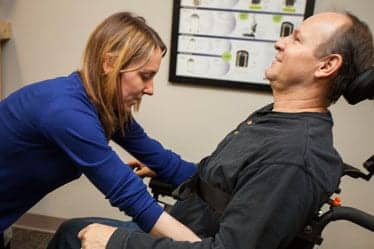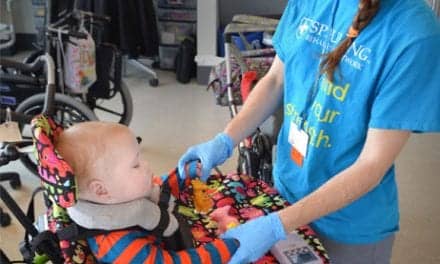September 14, 2007
Though scoliosis is most often diagnosed in childhood or early adolescence it can also be diagnosed in adults, and treating the condition in in patients who have reached skeletal maturity requires a difffernt approach than treating younger patients, Roger Hartl, MD, says.
“Bracing is not an option for adults as a primary treatment because their spines have reached maturity and are no longer growing,” Hartl, who is a spokesperson for the American Association of Neurological Surgeons, says. However, bracing may be used postoperatively in adults to keep the spine straight while it heals.
Treating adults with the condition may often require surgery, an intervention recommended when the spinal curve is greater than 50 degrees and the patient has nerve damage to the legs and/or is experiencing bowel or bladder symptoms. Adults with degenerative scoliosis and spinal stenosis may require decompression surgery with spinal fusion, and a surgical approach from both the front and back.
Some adults who were treated as children may need revision surgery, particularly if they were treated 20 years ago or more, when common treatment included fusing a long segment of the spine. The procedure leaves the remaining mobile spinal segments to assume heavier stress associated with movement and puts adjacent segments above and below the fusion at risk for degenerative changes occur over time. This can result in painful arthritis of the discs, facet joints, and ligaments.
Degenerative scoliosis occurs most frequently in the lumbar spine (lower back) and more commonly affects people age 65 and older. It is often accompanied by spinal stenosis, or narrowing of the spinal canal, which pinches the spinal nerves and makes it difficult for them to function normally. Back pain associated with degenerative scoliosis usually begins gradually, and is linked with activity. The curvature of the spine in this form of scoliosis is often relatively minor, so surgery may only be advised when conservative methods fail to alleviate pain associated with the condition.
In one 20-year study, about 40 percent of adult scoliosis patients experienced a progression. Of those, 10 percent showed a very significant progression, while the other 30 percent experienced a very mild progression, usually of less than one degree per year. Progression of a curve depends on factors such as age of diagnosis, age and efficacy/outcome of original treatment, and both severity and location of the curvature.
More information about scoliosis is available at www.neurosurgerytoday.org/what/patient_e/scoliosis.asp.




